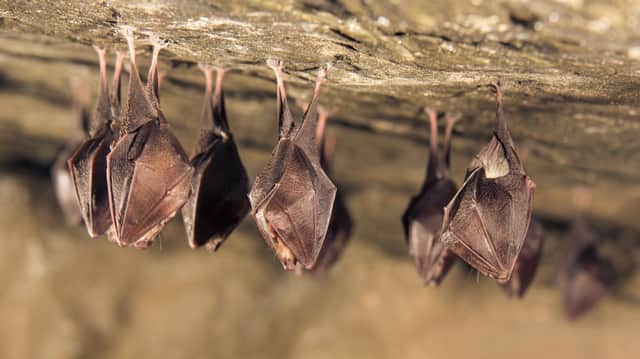Humans can’t catch coronavirus directly from bats - the latest studies from scientists explained


Scientists have revealed that coronaviruses related to Sars-CoV-2 may be circulating in bats across parts of Asia.
A virus, which is a close match to one the virus which causes Covid-19, was found in bats in an animal sanctuary in eastern Thailand.
Advertisement
Hide AdAdvertisement
Hide AdHowever, it is thought to be unable to infect people, as it cannot bind to the ACE2 receptor on human cells - the gateway that allows Covid-19 to enter the body.
Clues for how Covid-19 emerged
The discovery has given scientists another set of clues surrounding how Covid-19 might have first emerged.
Scientists predict that similar coronaviruses may be present in bats across many parts of Asia’s nations and regions, as well as in Thailand.
Antibodies circulating in the blood of infected bats and pangolins - which were also found to be carriers of similar coronaviruses - are effective at neutralising the SARS-CoV-2 virus. The biological paradox indicated has led to scientists speculating that bat-based coronaviruses can not, as standard, infect humans.
Advertisement
Hide AdAdvertisement
Hide AdPast studies since the beginning of the pandemic suggest that Covid-19 first emerged in an animal, most likely a bat, before it spread to humans.
Authors of the study, who are based at Duke-NUS Medical School in Singapore, are now considering that coronaviruses can only evolve the ability to infect human cells after first being passed into an intermediate host, such as a pangolin.
In the intermediate host, the virus mutates and changes shape slightly, giving it the ability to bind to ACE2 cells, the study’s authors theroise.
The current theories of where Sars-CoV-2 came from?
A team commissioned by the World Health Organisation (WHO) is currently investigating the precise origin of the virus.
Advertisement
Hide AdAdvertisement